Brass maintenance beginner's practice
I will explain the process of refinishing using the maintenance agent (material) introduced in the previous maintenance agent (material) article.
[I want to leave the texture as it is and return it to the base color]
Acid Cleaner HALT

First, use HALT to remove the oxide film (discoloration) while leaving the texture.
The objects to be refinished this time are the 13320 KEY IRGANIZER plate parts (with logo) and the 14305 BRASS CHASING SHORHORN (10cm) shoehorn body.
table

back

Parts stored as samples are discolored.
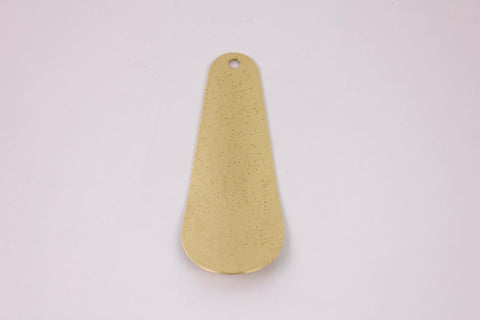

The shoehorn, as it came from production, has numerous speckled watermarks. Both are discolored due to an oxide film on the surface.

Since water is used, change the place to the sink and spray HALT. Although it is a chemical that can be touched with bare hands, it is recommended to wear rubber gloves (made of nitrile rubber) in consideration of the effect on the target object.



The oxide film instantly falls off on the part where the solution is attached.

Spread evenly to avoid unevenness. Brass and copper alloys react immediately, so it is recommended that you apply the product immediately, wash it with water, and wipe it off with a clean cloth.
* If you leave it for a long time, it will cause a chemical change and cause discoloration.




That's it, refinishing is complete. If it's a mild oxide film, it's very easy, just HALT, water, and cloth.
[I want to polish beautifully / I want to give gloss]
picard liquid

Picard liquid is an emulsifiable liquid metal polish. Refinishing is done by a simple action of applying the liquid to a waste cloth and polishing it physically. The object to be refinished this time is the hook part called the corner eggplant of 13306 BRASS & LEATHER BOTTLE KEYRING, which originally had a glossy finish.




Since it is a part that was left unattended in the sample, discoloration due to the oxide film can be seen overall.

The things you need to polish quickly are a waste cloth, a Picard saucer, cardboard, and rubber gloves. You can substitute T-shirts, socks, towels, etc. that you no longer use for the waste cloth. Paper is used to keep the work area clean, so newspapers are fine, but they contain moisture, so we recommend stacking them on top of each other. It is convenient to have a saucer when adjusting the concentration of Picard with water.

I polished only the tip part from the center of the square eggplant. You can see that the color has changed to light (whitish).

It is in a state where the whole is blown up. What I want you to notice here is where the waste cloth and cardboard are black. Since the brass surface of the object is polished with abrasives, fine metal particles are mixed and become black. Since the Picard liquid itself is viscous, wipe it off firmly so that it does not remain on the object.
Dirt containing these metal particles is troublesome if it adheres, so be careful not to get it on leather. The key points are to use gloves, not to touch the work surface, and to change the paper frequently.
By changing the cloth to a brushed towel, it can be used on uneven surfaces. Since it is viscous, liquid tends to remain on the surface if it has a large surface. It is also possible to make it easier to wipe off by diluting it with water beforehand. In any case, your hands will be black and dirty, so rubber gloves (nitrile rubber if available) are recommended.




When I wiped it off, it became beautiful like this. It can be polished while removing the oxide film, so it is perfect for refinishing to give it a glossy finish.
[I want to remove dark and deep discoloration, dirt, and scratches]
Recobrite Hand Pad (Nylon Scrubber)

The objects to be refinished this time are 13315 CHASING MONEYCLIP GD and 14300 BRASS CHASING SHORHORN (13cm) GD shoehorn body.






It's discolored so beautifully that I wonder where and how I keep it. At this level, HALT won't be able to remove it, and even Picard will get dark.

This is where the Recobrite Handpad comes into play.
The counts used are #240 (red), #400 (green), #600 (purple), #800 (blue), and #1500 (gray).

Start with the money clip, #240, which is the roughest. The smaller the count number, the coarser the grain, and the larger the count, the finer the grain.

The point is to hang the logo part in a certain direction parallel to the logo.

The part with embossed processing is applied vertically. Unlike sandpaper, it has a cushioning property, so you can sand it while leaving the design moderately.

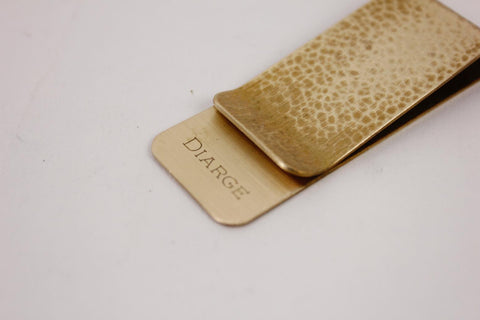

Finished to the extent that the deep oxide film (deeply discolored) part was completely removed. Other parts are about to get used to it.
then a shoehorn




I still have some discoloration at the tip, but if I apply too much to the part with the design of the stamping process, the design will become thin, and it will only come off in the subsequent count work, so I think it's good.
After this, repeat the same work as #400→#600→#800→#1500. As for the required time, it is an image that the first number (#240 this time) takes the most time and gradually shortens. The important point is not to skip the file number too much, and to apply it in a certain direction. By finely chopping the count and applying it in a certain direction, the file marks will become less noticeable. Please note that if you apply it randomly, it will be difficult to erase the coarse grains.




This is the image after multiplying to #1500. Most of the oxide film has been removed, and it feels whitish due to the effect of the file.

For the final touch, use Picard to calm down the file.
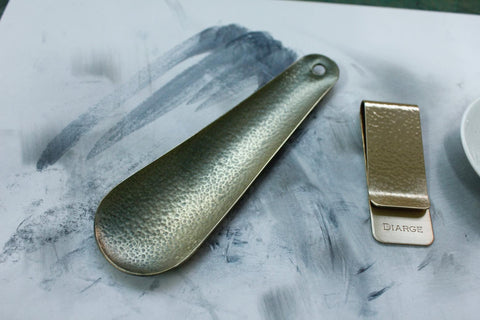
Since liquid tends to remain in embossed designs, it is recommended to dilute the Picard liquid slightly depending on the degree of gloss. It is also effective to use a brushed towel.


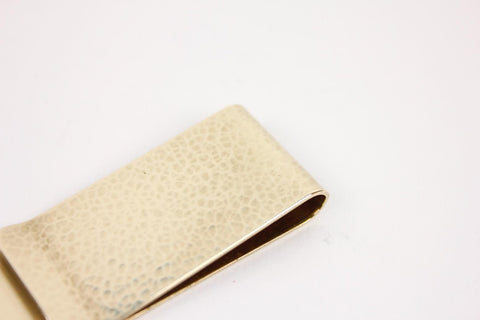
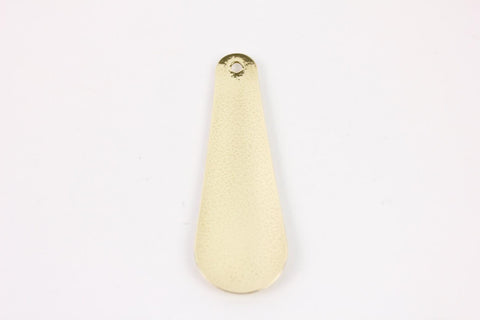

The embossed design may look slightly darker due to the difference in gloss, but it is difficult to distinguish with the naked eye.
This is the practice of refinishing using easy recommended maintenance agents (materials) for each finishing purpose.
As for DIARGE, I think that both the platinum gold color of the new brass and the antique gold color that has darkened through use are both attractive. It may seem surprising, but the key to smooth and natural aging is to use (touch) it frequently. Please make full use of the refinishing method introduced this time and enjoy the texture of brass to your liking.


